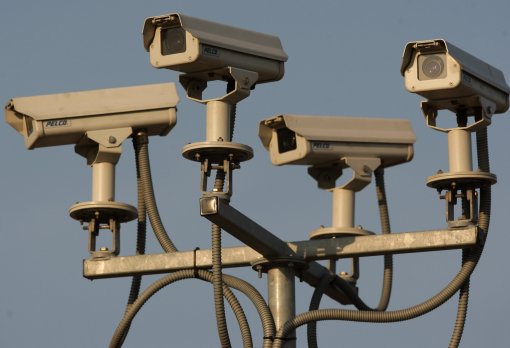
CCTV is everywhere in Britain, but it isn’t as effective as we think. Smile, you’re on camera: the UK is one of the most closely-watched societies in the world. According to Cheshire police, last year there was one CCTV unit for every 11 people in the country and the average person was caught on CCTV 70 times a day.
And, generally, we’re all perfectly happy to smile for the cameras. A recent YouGov survey revealed that two-thirds of Brits don’t think our use of CCTV infringes civil liberties.
But while the study found that eight out of ten people believe that CCTV helps the police fight crime, it’s not actually all that effective.
While a report produced for the Home Office six years ago found that it cut crime in car parks by half, it had little effect elsewhere.
More recently, an internal Metropolitan Police report revealed that, for every 1,000 CCTV cameras in London, only one crime was solved per year. In other words, CCTV will only be as effective as people already think it is when it becomes a great deal more sophisticated.
But the technology is already out there – it’s just a question of working out how far we want to go.
“It’s fair to say that 2000 —when we first published our guidance on CCTV— feels like a very long time ago,” says Jonathan Bamford, head of strategic liaison for the Information Commissioner?s Office (ICO). “Back then, what we meant by CCTV needed little explanation, immediately conjuring up thoughts of video cameras on poles.”
Now, the ICO is re-evaluating its code of practice, considering the implications of everything from using automatic car number plate recognition (ANPR) to identify drivers to the use of flying drones. Which organisations should be allowed to watch us like this? And how should the footage be stored and shared?
Source: newstatesman.com
